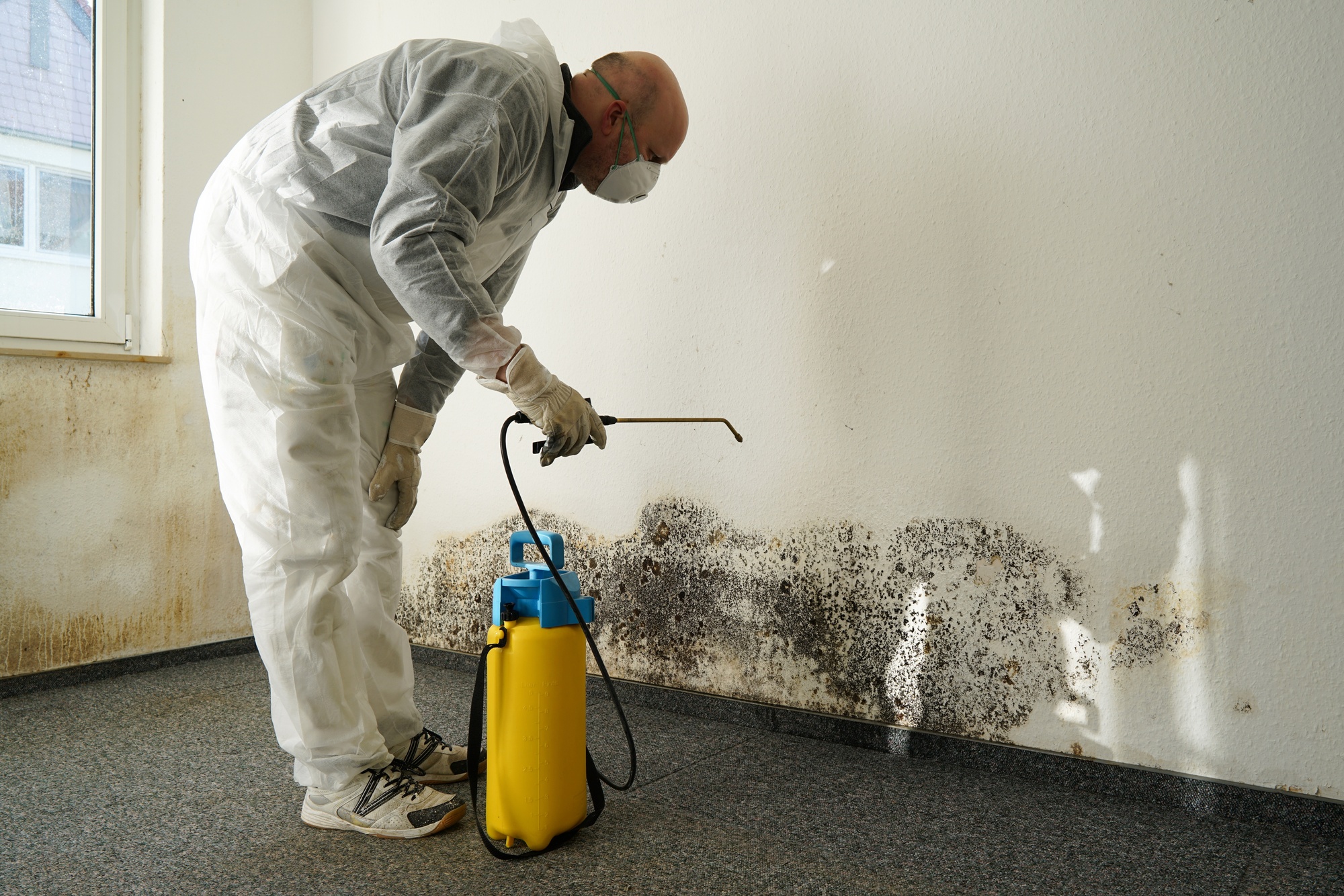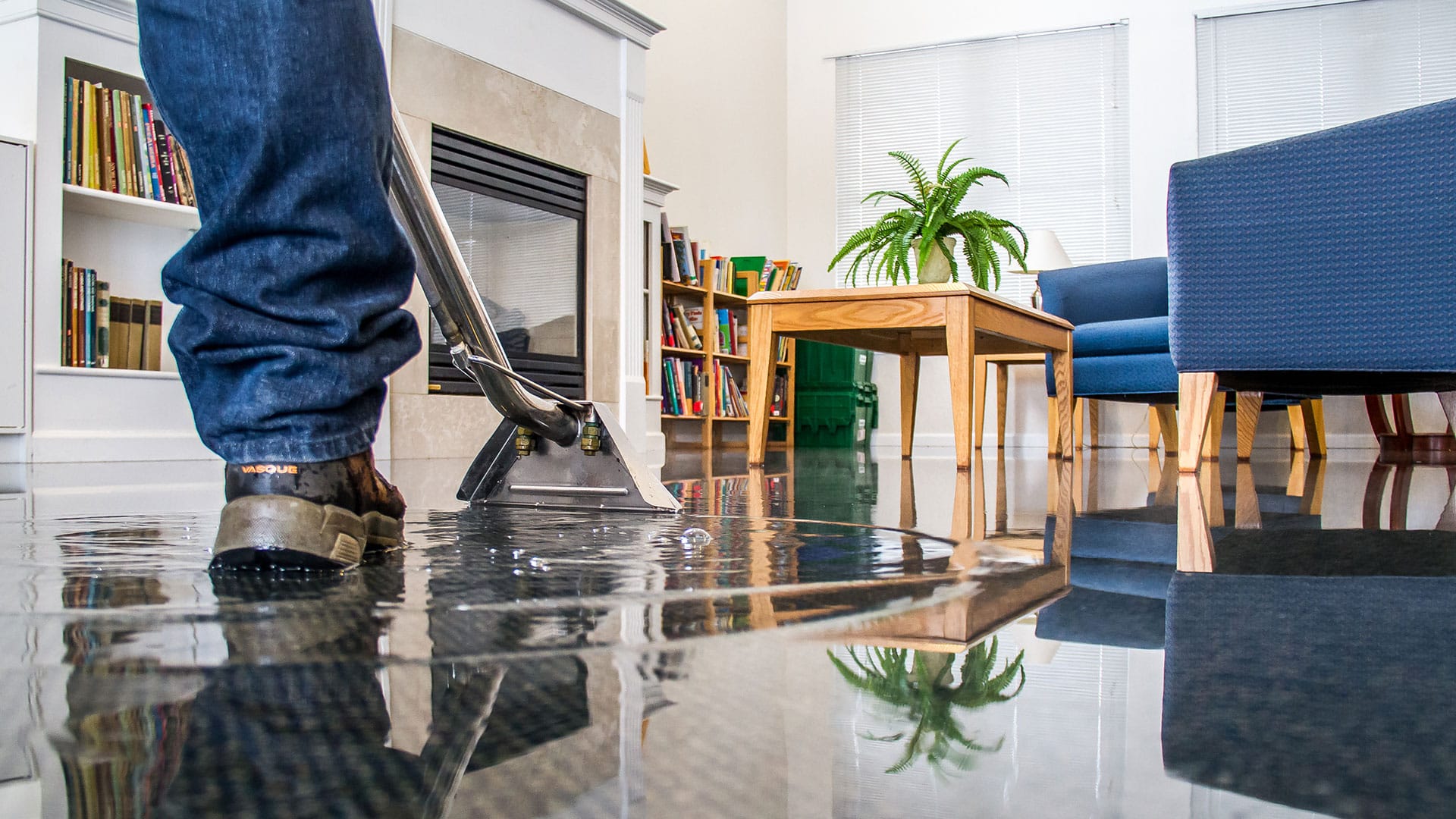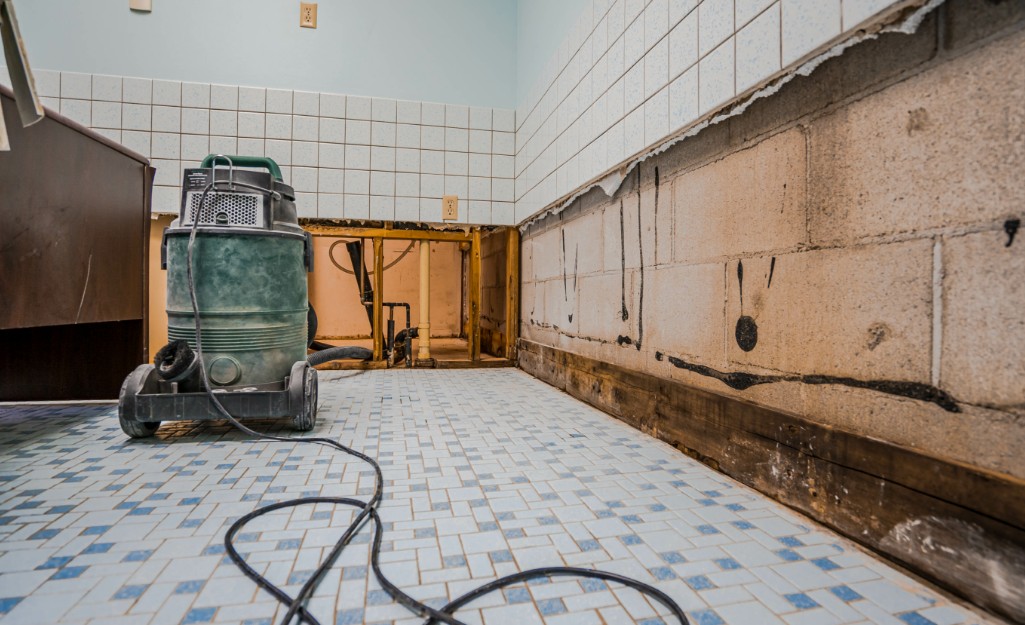An in-depth guide to Water Damage Restoration services
Water Damage Restoration 101: Comprehending the Process and Price
Water damage can strike all of a sudden, leaving homeowners in a state of complication. Recognizing the remediation process is crucial for reliable recuperation. From assessing the damage to choosing the right solution provider, each step influences the total result and expense. Elements such as the kind of water damage and necessity likewise play a significant function. What are the particular techniques used in remediation, and how can one prepare for prospective costs?
Kinds Of Water Damage

Preliminary Assessment and Examination

Water Extraction Methods
Adhering to the first assessment, efficient water removal techniques are utilized to reduce damage and stop further concerns. These techniques entail using specific devices such as completely submersible pumps and industrial-grade vacuum cleaners - Mold Remediation After Water Damage. The selection of technique relies on the volume of water existing and the type of products influenced. For standing water, submersible pumps are generally utilized for rapid elimination, while vacuums are optimal for drawing out water from carpets and furniture. Additionally, progressed approaches like water removal mats might be utilized for hard-to-reach areas - Water Damage Restoration. The objective is to remove as much water as feasible, reducing the possibility for mold and mildew growth and architectural damage. Prompt and effective water extraction is vital in the total water damage restoration process
Drying Out and Dehumidification Process
As soon as the water extraction is full, the drying and dehumidification process comes to be important to recovering the affected area. This stage commonly utilizes industrial-grade dehumidifiers and air movers to successfully reduce dampness levels. The dehumidifiers attract moist air, removing excess moisture, while air movers flow air to increase dissipation. Monitoring devices is usually made use of to track humidity and temperature level levels, guaranteeing perfect drying out conditions. The period of this procedure can differ depending on the level of the water damage and environmental variables. It is necessary to completely completely dry all impacted materials, consisting of wall surfaces, flooring, and home furnishings, to protect against mold and mildew development and structural damage. Appropriate execution of this action is critical for an effective restoration result.
Cleaning Up and Sterilizing Afflicted Locations
A thorough preliminary assessment and evaluation of impacted areas is essential to identify contamination degrees when the drying out procedure is complete. Flood Cleanup Services. Efficient cleansing methods and ideal items must then be employed to get rid of particles and stains. Lastly, sanitization and sanitation techniques are essential to assure that damaging microorganisms are removed, restoring the room to a safe condition
Initial Assessment and Examination
Prior to beginning any remediation efforts, a detailed first analysis and inspection of the affected locations are crucial for reliable cleansing and sanitizing. This procedure includes identifying the extent of water damage, determining the source of the water intrusion, and reviewing the products affected. Examiners commonly seek indicators of mold growth, structural stability problems, and harmed items. The analysis additionally consists of inspecting moisture levels utilizing customized devices to ensure no hidden water pockets remain, as these can lead to further problems. Documenting the findings is important for preparing the next action in the reconstruction procedure. A detailed first analysis enables reconstruction specialists to create a targeted technique for efficient cleaning and sterilizing, eventually minimizing damage and health threats.
Cleaning Methods and Products
Reliable cleaning and disinfecting Water Damage Restoration of water-damaged locations require a range of products and techniques customized to the particular materials influenced. For porous surface areas like drywall and carpeting, removal techniques are necessary to eliminate excess wetness, followed by deep cleaning with specialized cleaning agents. Non-porous materials such as ceramic tile or metal can be cleaned using commercial-grade cleaners that efficiently eliminate pollutants. Steam cleansing is one more reliable method, especially for rugs and upholstery, as it makes use of high temperatures to remove microorganisms and mold (Flood Cleanup Services). Furthermore, environmentally friendly items are progressively prominent for their security and effectiveness - Water Extraction And Drying. Inevitably, choosing the proper cleansing methods and products not only assures instant sanitation however also help in preventing further damage and carcinogen connected with water intrusion
Sanitization and Disinfection Approaches
When resolving water damage, proper sanitization and sanitation techniques are necessary to assure the security and health of the affected environment. After preliminary cleansing, surfaces must be treated with ideal anti-bacterials to eliminate pathogens, mold and mildew, and germs that grow in damp problems. Typical techniques consist of using EPA-approved chemical anti-bacterials, which can be applied with splashing or cleaning methods. In addition, ultraviolet (UV) light systems can effectively disinfect locations by reducing the effects of microbes without extreme chemicals. The choice of approach usually depends on the kind of products influenced and the level of contamination. Eventually, detailed sanitization not just recovers a safe space but also assists avoid future health and wellness threats related to lingering wetness and mold and mildew growth.

Repairs and Restoration Options
Evaluating the damage triggered by water exposure is crucial for identifying the proper repair services and repair alternatives. House owners might face numerous issues, including harmed drywall, warped flooring, and jeopardized architectural components. Relying on the level of the damage, fixings may involve changing sections of drywall, mounting brand-new flooring, or reinforcing structural beams. In cases of extreme damage, complete replacement of affected materials may be required. Furthermore, professional conservators often advise utilizing moisture meters to analyze concealed wetness levels before picking the finest strategy. It is essential to act promptly to stop mold and mildew growth and further deterioration. Choosing the appropriate options not just brings back the home yet also ensures long-term safety and capability.
Aspects Affecting Restoration Prices

The degree of water damage directly influences the repair costs homeowners can anticipate to sustain. Elements such as the resource of the water, the duration of exposure, and the damaged products considerably influence pricing. For circumstances, tidy water damage from a busted pipeline is generally less pricey to restore contrasted to damage triggered by sewer. In addition, the degree of contamination dictates the demand for specialized cleansing and disposal solutions, better enhancing costs. Geographical place additionally contributes, as local labor prices and accessibility of repair solutions can vary. The seriousness of the reaction affects expenses; quicker treatments normally lead to reduce general expenses by stopping further damage. Comprehending these variables is vital for house owners when approximating repair prices.
The three main types of water damage are classified based on contamination degrees: clean water, grey water, and black water. A comprehensive preliminary evaluation and assessment are essential steps in the water damage restoration process. For standing water, completely submersible pumps are commonly utilized for fast elimination, while vacuum cleaners are suitable for extracting water from carpets and upholstery. The extent of water damage straight influences the repair costs homeowners can expect to sustain. Clean water damage from a broken pipe is normally less costly to bring back compared to damage caused by sewer.